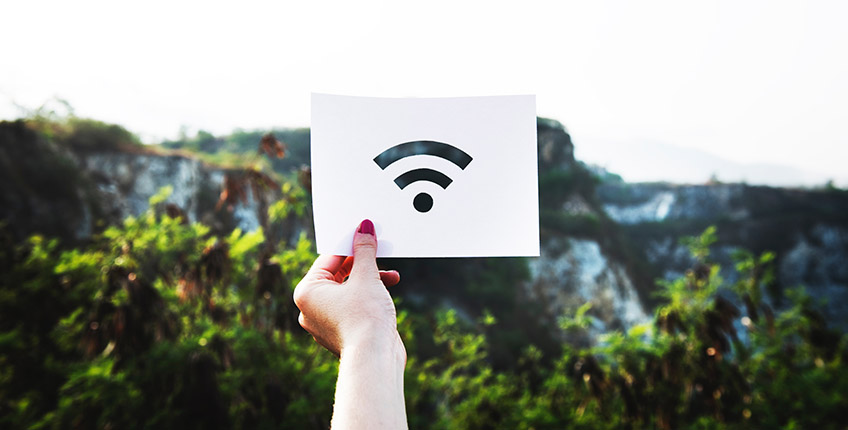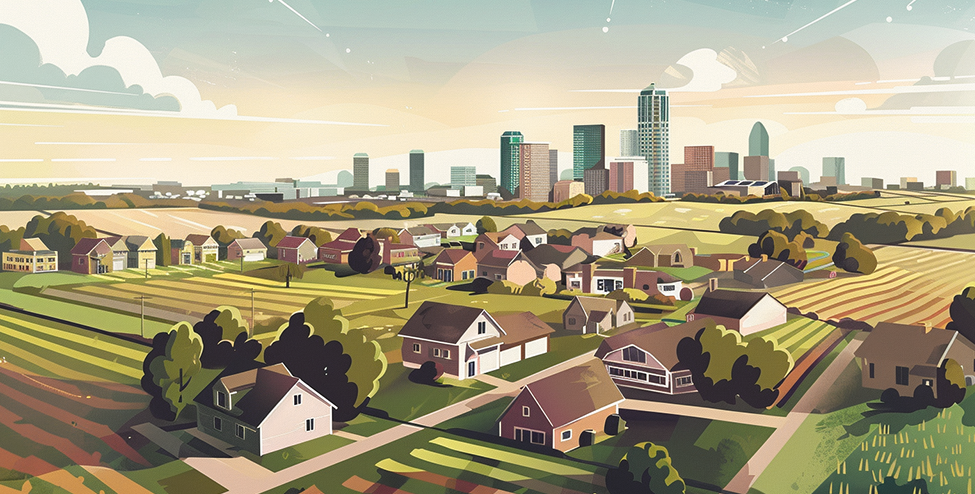You Can Build, But Will They Subscribe? A Look at Indiana Broadband Adoption Differences

Rural broadband is a trendy topic today. One of the reasons for this is broadband is to the 21st century what rail and highways were to last century. Any community, home or individual without access to adequate broadband connectivity is being left behind in this digital age, which is negatively affecting their quality of life.
The majority of broadband discussions revolve around infrastructure, and rightfully so, given that many areas lack access to adequate broadband. Equally important though, is adoption and use. In fact, any robust and sustainable digital inclusion strategy addresses both broadband access as well as adoption and use. The design and implementation of digital inclusion strategies is necessary for any community that wants to transition to, plan for and prosper in the digital age.
To shed a bit more light regarding adoption in Indiana, data at the neighborhood level (census tract) provided by the Federal Communications Commission (FCC) was analyzed. Yes, this dataset is known to be inaccurate. However, it is the only one available and is useful to get an idea and jumpstart conversations.
FCC reports the number of residential broadband connections at speeds of 10 Megabits per second download and 1 Megabit per second upload, or 10/1. In addition, the Brookings Institution has defined low adoption neighborhoods as those where less than 40 percent of homes have a 10/1 connection and high adoption neighborhoods as those where more than 80 percent of homes have a 10/1 connection.
The latest FCC dataset publicly available—December 2016—reported all census tracts in Indiana to have advertised 10/1 broadband service. Again, the accuracy of this dataset can be debated but that is not the point of this analysis. This “universal” availability allows focusing strictly on adoption differences.
A little more than 1,500 neighborhoods in Indiana were analyzed. Figure 1 below shows the percent of population living in low and high adoption neighborhoods in 2015 and 2016. The trends are positive. The percent of population living in low adoption neighborhoods decreased from 28.9 percent in 2015 to 22.4 percent or 1.4 million Hoosiers in 2016. On the other hand, the share of the population living in high adoption neighborhoods increased from less than 10 percent in 2015 to 16.5 percent in 2016.
The map below shows, however, that the majority of high adoption neighborhoods in 2016 were in urban or near urban areas. On the other hand, most of the low adoption neighborhoods were in rural areas of the state. In fact, most of the state’s neighborhoods had less than 40 percent of homes with 10/1 connections.
When looking at the type of neighborhoods by metro status, the trends show a different light. Neighborhoods in the state were grouped into urban, suburban and rural based on their share of 2010 population living in rural areas. Neighborhoods with less than 25 percent of their population living in rural areas were labeled urban. Those whose share of population ranged between 25 to 75 percent living in rural areas were labeled suburban. Lastly, those whose share of population exceeded 75 percent living in rural portions of the neighborhood were labeled rural.
Figure 2 below shows the share of population that lived in low adoption neighborhoods in 2015 and 2016 by metro status. The share among urban and suburban decreased between 2015 and 2016. However, the share living in rural neighborhoods increased. In other words, almost 71 percent, or 1 million of the 1.4 million Hoosiers living in low adoption neighborhoods, were rural. Furthermore, almost one-quarter of those living in rural low adoption neighborhoods were children and a little over one-quarter of those ages 16 to 64 were not in the labor force.
This is not good for rural community economic development. On top of lagging urban neighborhoods when it comes to adequate broadband access, it is clear rural areas are lagging in adoption. When more and more activities and knowledge revolve around digital applications, being on the wrong side of the adoption digital divide affects quality of life.
So what could explain these adoption differences? Well, access is not necessarily an issue given that all neighborhoods in the state had 10/1 advertised according to the FCC dataset. Research points to specific socioeconomic characteristics affecting technology adoption including, but not limited to, age (older), level of education (lower), and income (lower). In addition, not being able to afford the technology affects adoption. Lastly, lack of relevance also plays a role in lagging adoption neighborhoods.
Good news is that lack of relevance can be addressed through aggressive educational and training efforts. Multiple statewide assets exist that can help, such as Purdue Extension, libraries, schools and other community anchor institutions. These assets can help get homes comfortable in using the technology and exposing them to its benefits, causing an increase adoption levels.
Digital parity—in terms of adoption—between Indiana rural and urban neighborhoods is necessary if the state is to prosper and thrive in the digital age.

Roberto Gallardo is the Vice President for Engagement, Director of the Purdue Center for Regional Development and an Associate Professor in the Agricultural Economics Department.... read more




